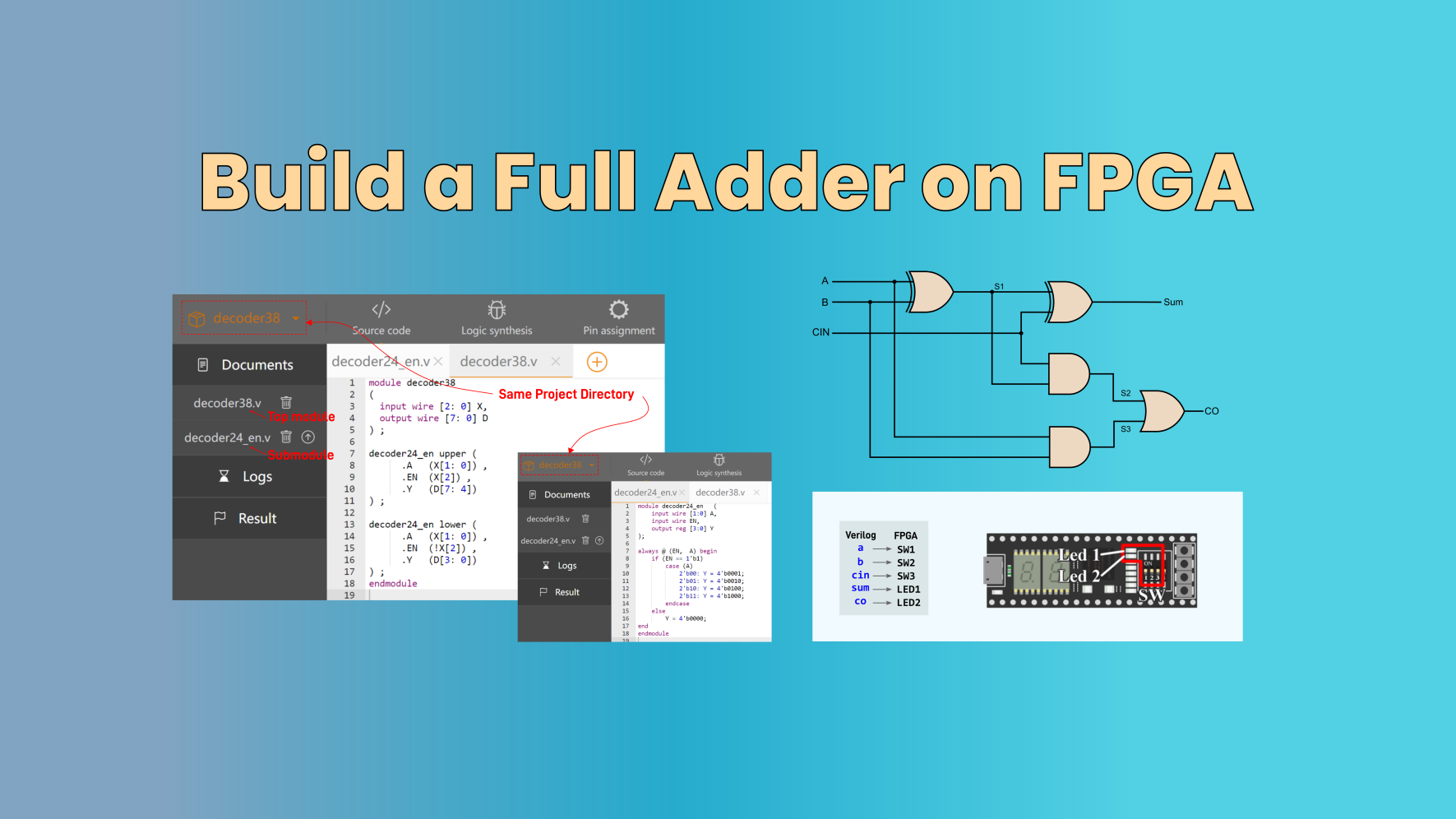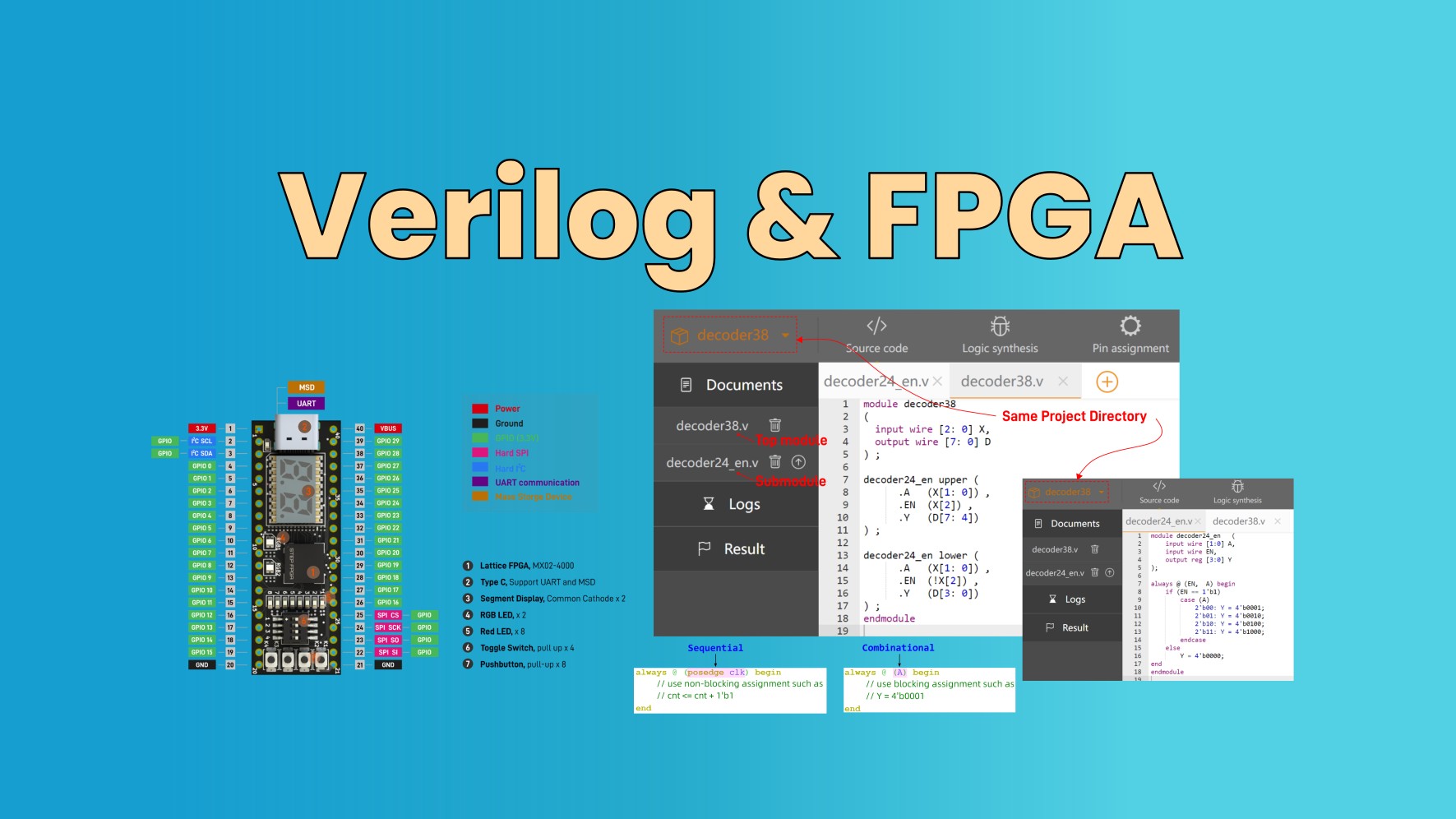Few days back, I wrote an article going over the basics of operational amplifiers (OpAmps) and showed how you can easily make two basic kinds of amplifiers: inverting and non-inverting. You can find that article Applications of an OpAmp: Operational Amplifier. In this article, we’ll go over three more useful applications beyond simply amplifying signals. If you have components at home, I encourage you to try building these circuits and seeing their effect for yourself.
Voltage Follower Op-Amp

Also called a buffer or a unity gain amplifier, this is the most basic OpAmp circuit you can make. The voltage at the input is the same as the voltage at the output. Deriving this is trivial: the voltage at the output is the same as at V- because they are connected, and V- is always the same as V+, which is connected to the input.

Your first question might be: why? Couldn’t we have done the same by just connecting the input and the output directly? You could, but then you would have current flow between the two, and your voltage would be subject to losses in resistors.
For example, imagine you have the following circuit:

The 1 kΩ resistor is the load you want to connect across the 5 V source, but you cannot remove the large internal resistance of 1 MΩ (1 million ohms). Connecting a 1 kΩ resistor across a 5 V source would typically give you a current of 5 mA, but here, the internal resistance lowers the current to a lowly 0.005 mA. However, let’s look at what happens when we add a voltage follower.

Because no current flows into the inputs of an OpAmp, there is no voltage drop across the 1 MΩ resistor, so the voltage at the input is 5 V, thus making the voltage at the output 5 V. Because the two sides are isolated, the current on the right side is not affected by the large resistor on the left side. Now, we simply get 5 V across a 1 kΩ resistor, resulting in a current of 5 mA.
Non-inverting Summing Amplifier

This configuration allows us to take two input voltages and have the output be their sum. First, note all of the resistors have the same value (the choice of value is arbitrary, all that matters is they are all the same). Because the two resistors at the bottom are equal, they create a voltage divider that halves voltage across them. Therefore, the voltage at V- is half of the output voltage. Since this voltage will be the same at V+ and no current flows into V+, you can write the following equation for the current:

Which can be reduced to:
![]()
For example, if V1 is 5 V and V2 is 3V, the output will be 8 V.

If you tried to add more inputs and did the analysis, you would find that the relationship does not hold, so we are limited to two inputs here. However, that is not the case in our next circuit.
Inverting Summing Amplifier

This summing amplifier allows you to add as many inputs as you would like, but the output will be inverted this time. Here, we are demonstrating it with four inputs. Let’s see how it works.
Note once again that all of the resistor values are the same. V+ is connected to the ground, so it is at 0 V. This means V- is also at 0 V, and since no current flows into V-, we can write the following equation for the current:

This simplifies to:
![]()
For example, by setting the inputs to 1 V, 2 V, 3 V, and 4 V, we get an output of -10 V.


